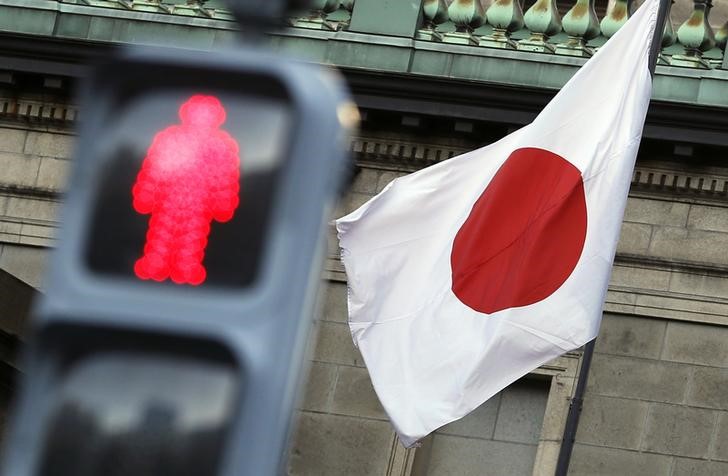U.S. futures, Japan’s stimulus, bitcoin weakness - what’s moving markets
Investing.com-- Japan consumer price index inflation increased in October as expected, with a slight increase in underlying inflation potentially giving the Bank of Japan more impetus to hike interest rates.
National core CPI inflation, which excludes volatile fresh food prices, rose to 3% year-on-year in October from 2.9% in the prior month, as expected, government data showed on Friday.
Headline CPI also rose to 3% from 2.9%.
A core reading that excludes both fresh food and energy prices, and is closely watched by the BOJ as a gauge of underlying inflation, rose to 3.1% in October from 3.0% in the prior month. The print also remained well above the BOJ’s 2% annual target.
Friday’s print showed Japanese inflation remaining largely sticky, with food prices being a major driver of this trend. A mix of poor harvests, especially in rice, along with rising global grain prices sharply pushed up Japanese food prices this year.
A rapidly weakening yen, which hit its weakest level in 10 months on Thursday, also pushed up import costs, which factored into higher inflation.
Sticky inflation gives the BOJ more impetus to hike interest rates, with a Reuters poll indicating that a slim majority of investors expect a hike in December.
Concerns over sticky inflation could supersede the central government’s call for looser financial conditions in the country, especially under new Prime Minister Sanae Takaichi.
Takaichi is considered a fiscal dove and is widely expected to ramp up government spending to support the economy.
Her election as Prime Minister had sparked deep losses in the yen, as markets fretted over just how she will be able to fund an agenda of increased fiscal spending.
